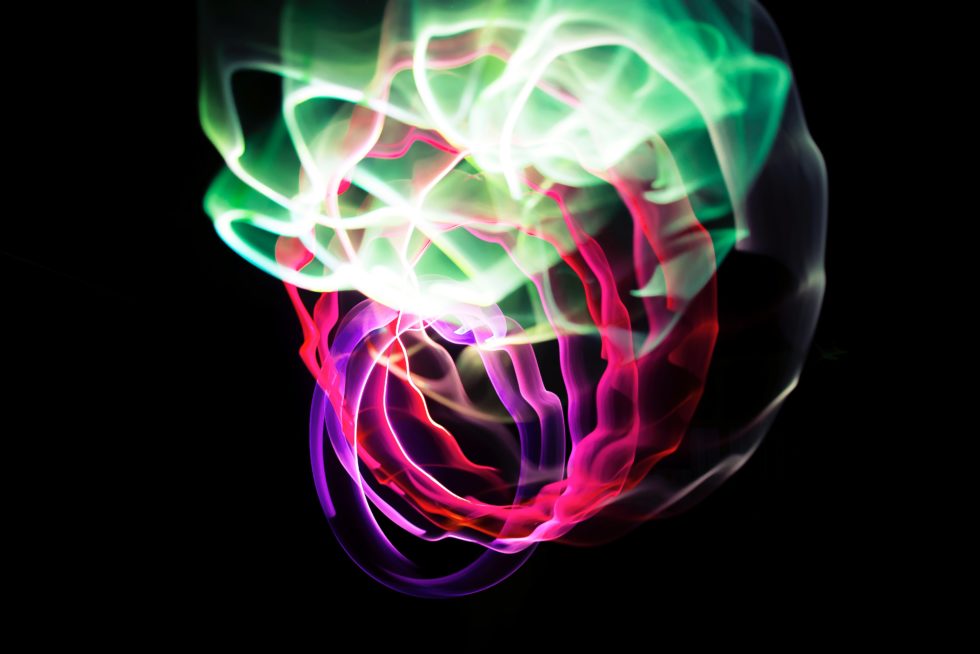

Those with Parkinson’s may need to have prescriptions changed or dosages adjusted. Those with mental illness, for example, may respond to antipsychotic drugs. The first step in treating tactile hallucinations is to treat the condition that causes them. Changing medications or dosages can help address the problem. Some prescription medications to treat psychiatric problems, like schizophrenia, and neurological disorders, like Parkinson’s or epilepsy, can cause hallucinations. Research published in the Journal of Neurology notes that tactile hallucinations in people with Parkinson’s often involve animals, occur more frequently at night, and are a result of the disease as well as the medications used to treat it. Parkinson’s disease (a condition marked by the malfunction and dying of nerve cells in the brain) and Lewy body dementia (a Parkinson’s-like illness) are two prominent ones. DiseaseĬertain medical conditions can produce tactile hallucinations. These tactile hallucinations can manifest as feelings of numbness or as burning or itching skin.

Hallucinations, including those of the tactile variety, can also occur when a heavy drinker suddenly stops or severely limits their alcohol intake (called alcohol withdrawal intake and in severe cases, delirium tremens, aka, “the DTs”). What experts call alcoholic hallucinosis - which usually takes the form of hearing voices but can also include tactile hallucinations - is a rare byproduct of chronic alcohol abuse. Other drugs, such as cocaine and ecstasy, can also produce tactile hallucinations. These drugs include LSD, PCP (angel dust), and mescaline. Illicit drug useĪ category of drugs known as hallucinogens are thought to interfere with communication between the brain and the spinal cord, which, according to the National Institute on Drug Abuse, can result in users “experiencing rapid, intense emotional swings and seeing images, hearing sounds, and feeling sensations that seem real but are not.” Mental illnessĪ variety of mental disorders, including mania, postpartum psychosis, and severe depression can produce hallucinations of multiple varieties.Īccording to research published in the Industrial Psychiatry Journal, it’s estimated that nearly three-quarters of those with schizophrenia have hallucinations. That abnormal activity can be brought on by several factors, some of which are described here. Experts theorize that they stem from abnormal electrical activity in certain areas of the brain.


Salvinorin A has been investigated for the basic science of Pharmaceutical Preparations.Hallucinations of all kinds, including the tactile variety, arise from problems in brain function. In November, 2019, it was granted Breakthrough Therapy status by the FDA. Psilocybin has been investigated for the treatment of Anxiety and Stage IV Melanoma. Explanations in terms of LSD physically remaining in the body for months or years after consumption have been discounted by. Like.ĭebate continues over the nature and causes of chronic flashbacks. Phencyclidine is similar to ketamine in structure and in many of its effects. It is less toxic than its methylated derivative but in sufficient doses may still destroy serotonergic neurons.Ī hallucinogen formerly used as a veterinary anesthetic, and briefly as a general anesthetic for humans. Some people use this compound as a psychedelic inducing agent.Īn amphetamine derivative that inhibits uptake of catecholamine neurotransmitters. MDMA is one of the four most widely used. Bufotenin has been used as a.Ĭlinical trials are now testing the therapeutic potential of MDMA for post-traumatic stress disorder (PTSD) and anxiety associated with terminal cancer. Drugs DrugĪ synthetic delta-9-THC used in the treatment of anorexia and weight loss in HIV patients as well as nausea and vomiting in cancer chemotherapy.Ī hallucinogenic serotonin analog found in frog or toad skins, mushrooms, higher plants, and mammals, especially in the brains, plasma, and urine of schizophrenics. Despite the name, the feature that distinguishes these agents from other classes of drugs is their capacity to induce states of altered perception, thought, and feeling that are not experienced otherwise. Name Hallucinogens Accession Number DBCAT000908 Descriptionĭrugs capable of inducing illusions, hallucinations, delusions, paranoid ideations, and other alterations of mood and thinking.


 0 kommentar(er)
0 kommentar(er)
